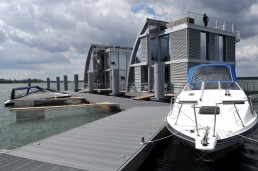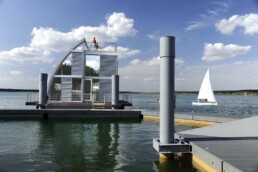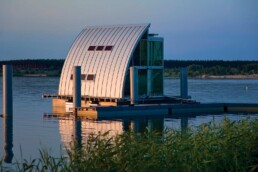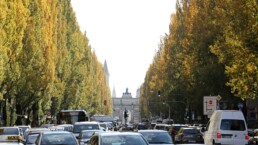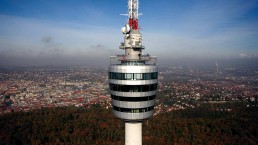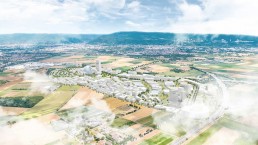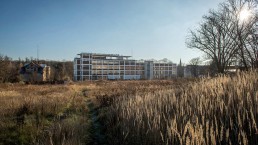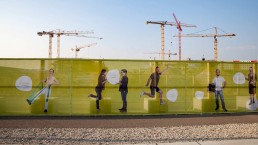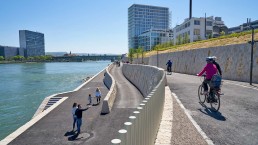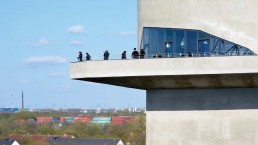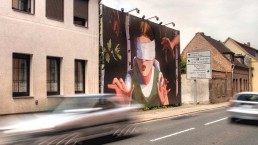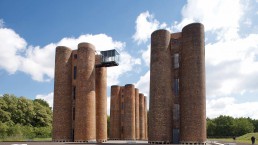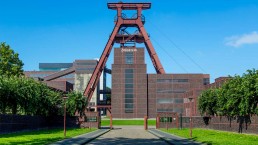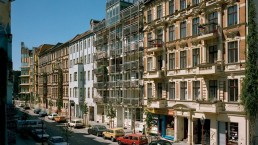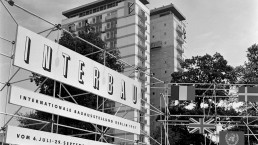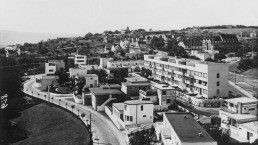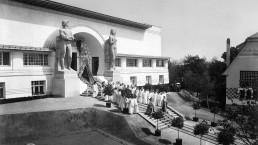Floating Homes, Geierswalde
Living on Waves
The German reunification marked the end of the open-cast mining industry in the Lower Lusatia region, bringing forth a new lake landscape that fundamentally changed the face of the region. With the vision of the IBAIBA Internationale Bauausstellung see for floating architecture, the craft of engineering, which had previously concentrated on mining, was now directed towards artificial lakes.
Where Lake Geierswald is located today, lignite was mined from 1955 to 1972. About 130 housing estates had to give way to the open-cast mines in whole or in part, and 25,000 Lusatians lost their homes. The small village of Geierswalde was lucky, as the excavators were stopped in time at the edge of the village. The remaining pit hole was finally flooded in 2004, creating the artificial Lake Geierswalde.
Since IBA see started its work to change the landscape and structure of the Lusatia region in 2000, it promoted its vision of floating architecture and did pioneering work in this field. The first specific designs were presented in 2003. IBA see presented two models to the public, one timber structure and one metal structure, and just one year later first investors expressed their interest. However, the start of construction for the steel design had to be postponed again and again – despite great interest and design awards: A floating home presented the authorities, investors, building companies and IBA see with unforeseen challenges.
A feasible solution was finally found in the region: A metal work company from Finsterwalde initially built two prototypes on land, rented them to vacationers and then decided to invest in floating homes on Lake Geierswalde. He opened the first floating house called “ar-che” in 2009. Four more followed. Together with other beach houses, this small floating settlement called Lausitz Resort is the setting for the holiday port and holiday village of Scado.
AddressLandstraße 33, 02979 Elsterheide, OT GeierswaldeProject participantsContractor: Thomas Wilde
Architects/Engineers: Wilde & Wilde GbR
Partners: Lausitzer Seenland, steeltec37, Förderverein Wasserwelt Geierswalde e.V.Sources and further information:http://www.iba-see2010.de
http://www.lausitz-resort.de
http://www.lausitzerseenland.de
